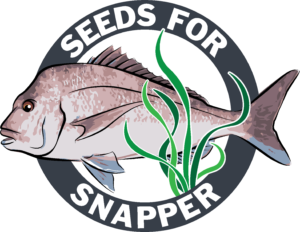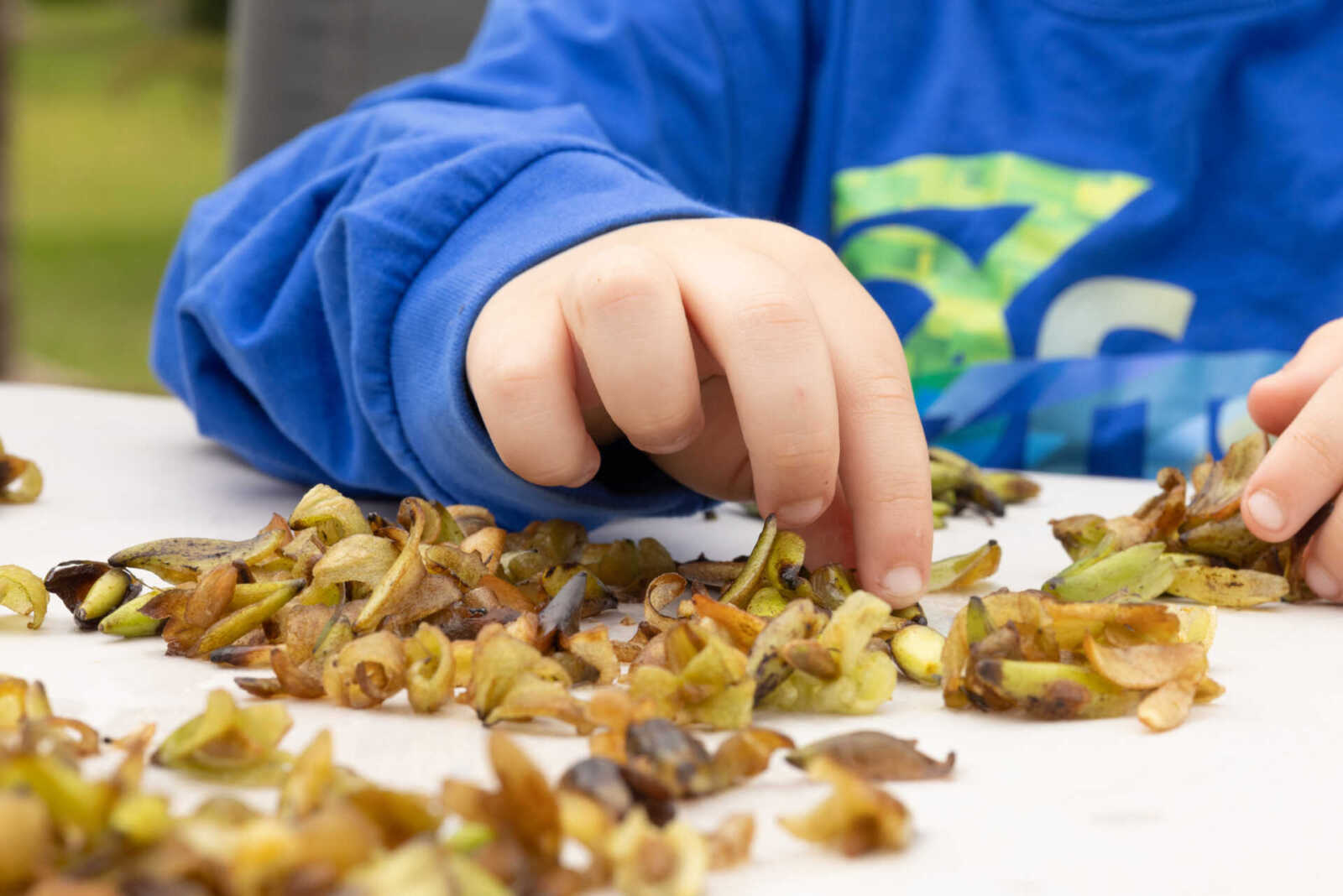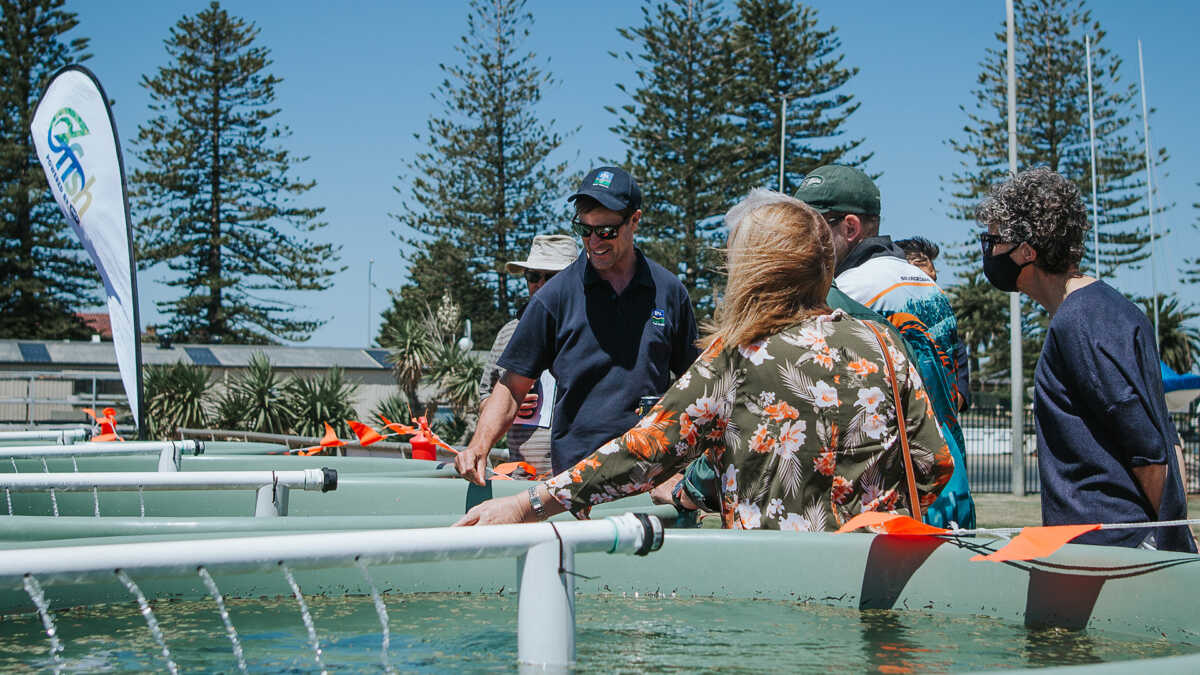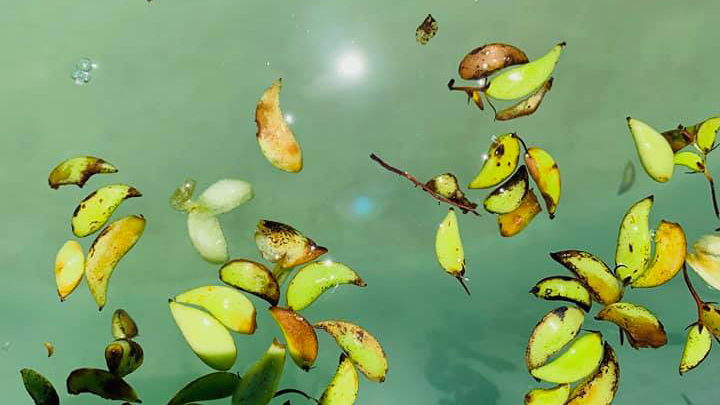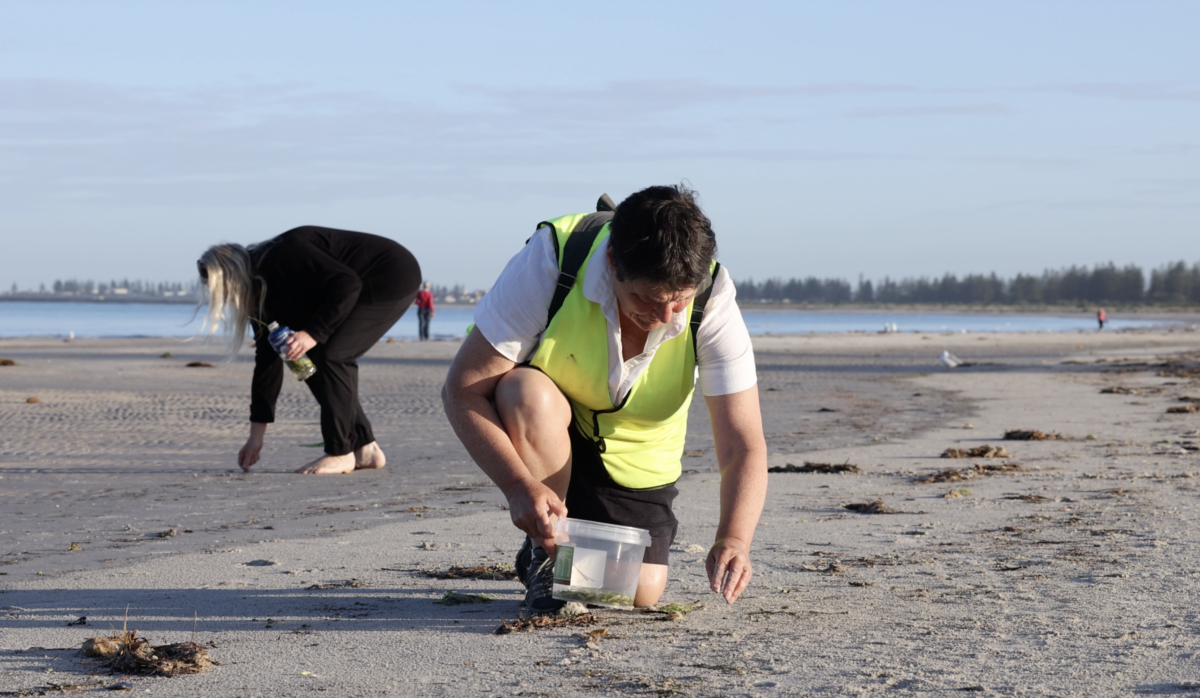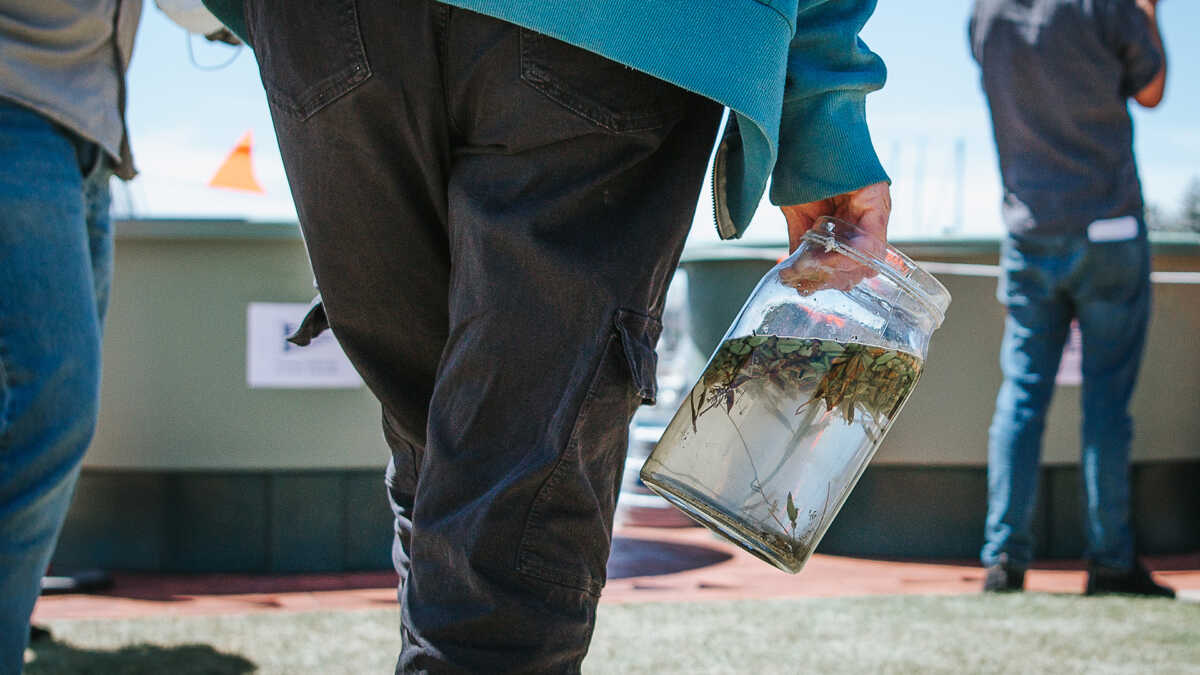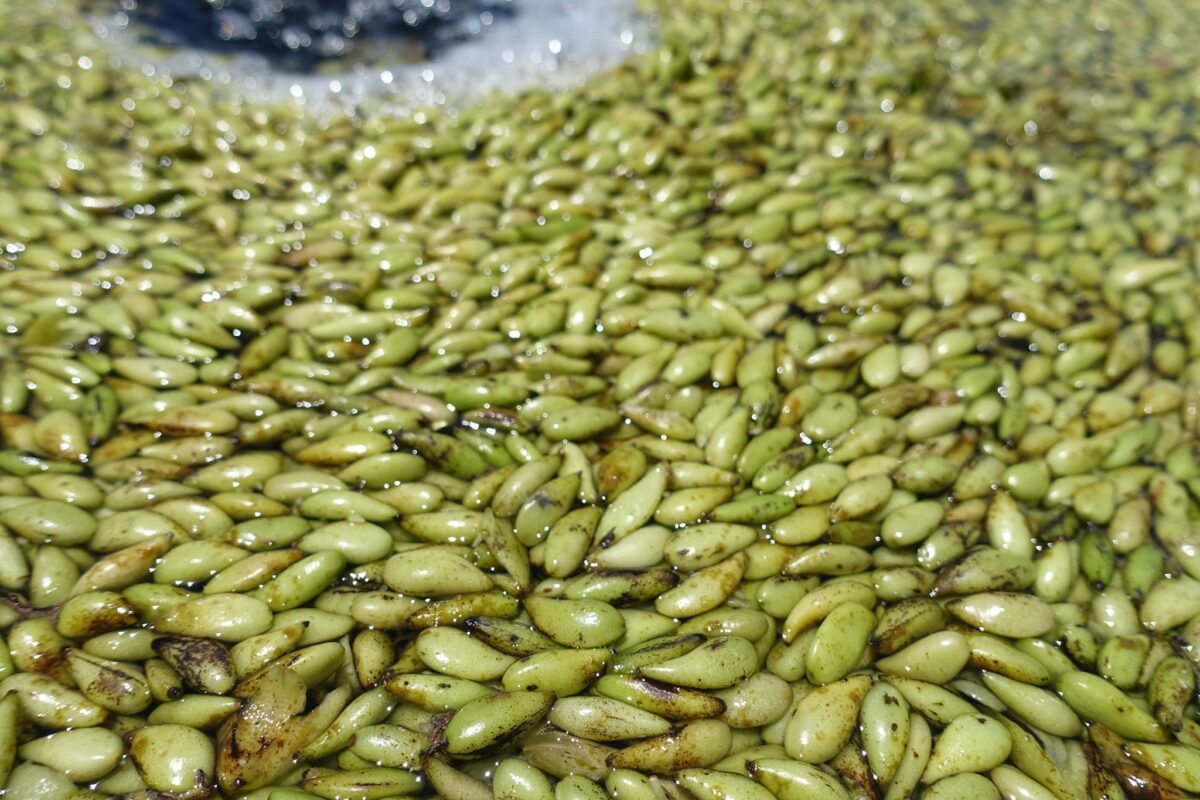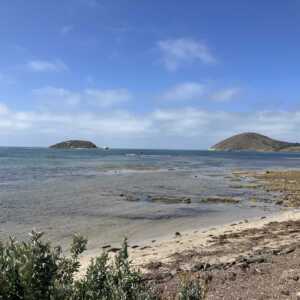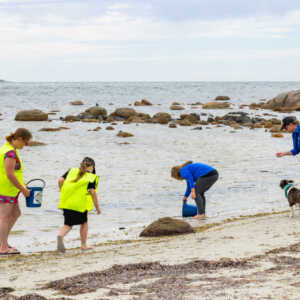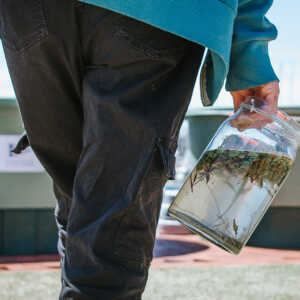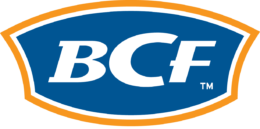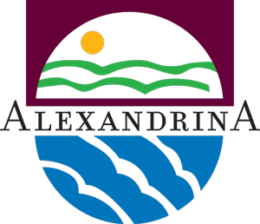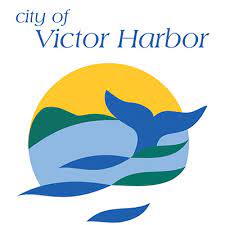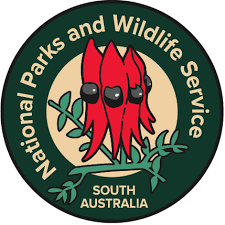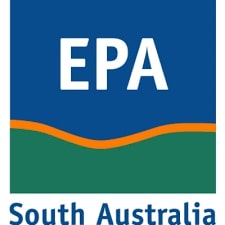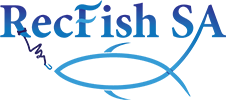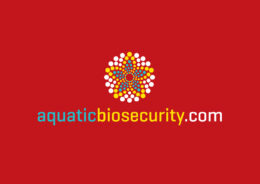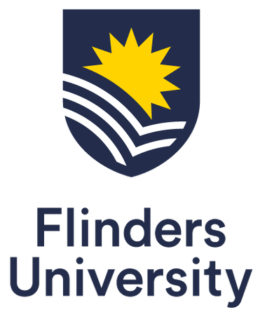19 FEBRUARY 2024 | Silver Linings For Fleurieu Seagrass
The seagrass season has wrapped for South Australia’s Fleurieu Peninsula region, and despite the seeds missing the memo this year, plenty of progress has been made in bringing the beds back to their natural glory. After a bumper season of collecting and distributing in 2022/23, the SA OzFish team were at the ready over the Christmas break, with all eyes on the peninsula’s beaches. Both OzFish staff and volunteers monitored the beds closely throughout the season, however due to unknown factors, no seeds washed ashore to be mustered into the waiting propagation tanks.

